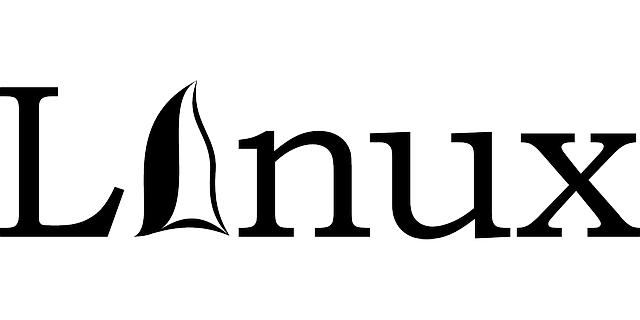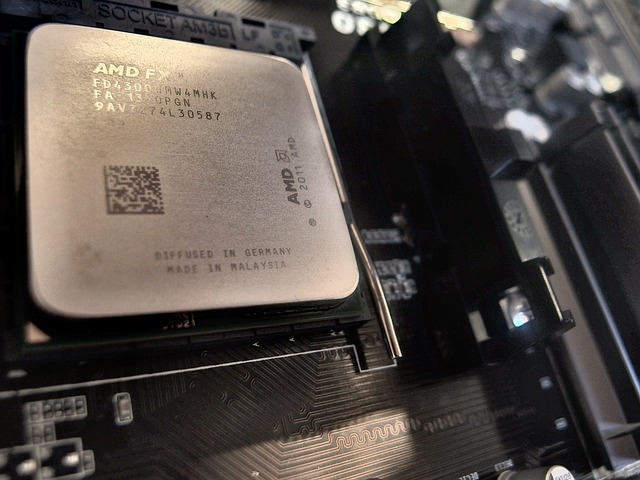I still stand behind my claim that Deepin is one of the slickest and most beautiful desktop Linux distributions on the planet. Beyond that, it honestly blows away Windows 10 and macOS in terms of visual appeal. It has a number of innovative features that feel way ahead of the curve compared to more “mainstream” distros like Ubuntu and Linux Mint. Now the developers are killing some bugs and bringing a few more notable features to the OS with the new Deepin 15.9 update.
The Deepin Desktop wtih Control Center activated
Jason Evangelho
Touchscreen Support With Gestures
Easily the most welcome new feature is enhanced touchscreen support, especially during a time when 2-in-1 devices are becoming more popular. And in many Linux distributions, touchscreen functionality is a bit of a weak point. Deepin 15.9 adds support for multiple touch gestures including click, double click, a long press to bring up the context menu, as well as sliding up and down.
Also added is an onscreen keyboard plugin, available from the dock.
Deepin 15.9 with touchscreen gesture support
Deepin
As you’re expecting, I’ll be throwing this on a spare touchscreen laptop ASAP, because I’m dying to test this out. Deepin 15.8 very nearly became my “forever distro” but it lacked a few key features at the time; this being one of them.
Other New Features
- Smart Mirror Switch makes it debut in the updates settings area, allowing users to automatically switch to the fastest available download mirror.
- Boot Menu Interface: Deepin already has a slick option to re-order and adjust your default OS at boot time. Now you can simply drag and drop your image of choice to set the background for that menu. Very cool!
- Better Power Management: From the control panel you can quickly change suspend and power off times when running or battery or wall power for both monitor and PC
The remaining release notes are extensive, so I’ll just drop them below and you can browse them if desired.
All Bug Fixes And Additions:
Control Center:
* Supported dragging and dropping pictures to change boot menu background;
* Fixed the crash caused by keyboard settings module;
* Supported checking password strength;
* Fixed the bug that the default applications list was not refreshed;
* Fixed the bug that the prompt text was not hidden automatically after switching off “Auto-download Updates”;
* Fixed the incorrect time on Time Settings page;
* Fixed the null pointer exception when update;
* Fixed the bug that the current language was not identified when searching the language.
Launcher:
* Fixed the issue that the app icon could not be dragged onto the dock after switching from mini mode to fullscreen mode;
* Fixed the bug that shortcuts cannot be used after searching.
Desktop:
* Added screensaver function;
* Fixed the bug that the desktop edition on login screen was not in system language;
* Fixed the bug that the logo on login screen was cut off;
* Added tries limit for login password;
* Added “Hibernate” on the shutdown interface (shown if there was SWAP partition);
* Added onscreen keyboard.
Dock:
* Optimized the animation when changing dock size;
* Optimized touchscreen operations;
* Added the animation for expanding and folding the tray area in fashion mode;
* Fixed the disabled state of time plugin was invalid after restart;
* Fixed the issue that tray icons were still on dock while dragging the tray;
* Fixed dock crash caused by network plugin;
* Fixed the bug that the order of tray icons was invalid after reboot;
* Fixed the bug that the expanding state of the tray was invalid after reboot;
* Added onboard keyboard plugin;
* Added the tooltip when hovering over the tray icons.
Deepin File manager:
* Fixed the “not mounted” error when right click the disk to open it on computer page;
* Optimized the file rename background;
* Fixed several issues when searching in “Recent” files;
* Optimized the reject logic of removable disk (click the triangle icon to unmount and reject the device at the same time);
* Supported gif preview;
* Optimized the style of disk mount plugin;
* Supported viewing files in applications of Apple device;
* Fixed the bug that the default application could not be set in some cases;
* Supported compilation on low version Qt;
* Folder size was no longer shown in list view (use “-” instead);
* Fixed the refresh issue of recent files;
* Improved the check logic of filesystem;
* Improved the support for recent file specification;
* Fixed the issue that removing USB flash disk may unmount the mounting samba server in some cases;
* Fixed the bug that the files in the recycle bin was in wrong order when clicking “Time deleted” in list view;
* Fixed the bug that the icon of the disk mount plugin in dock tray was not changed in time when switching icon theme;
* Adjusted the interval between icons in the Computer page;
* Supported touch screen scrolling in “Open with” dialog box;
* Changed the split line color between the columns in list view under dark theme;
* Improved touch screen scrolling in list view;
* Fixed the issue that extensions were always shown in lowercase in list view;
* Fixed the issue that there were two pop-up dialog boxes asking for deletion when opening the invalid shortcuts;
* Other UI improvements and bug fixes.
Deepin Installer:
* Fixed the incorrect time in Windows after deepin installation;
* Fixed the crash when deleting a newly-created partition in advanced mode.
Deepin Store:
* Fixed the blank page in other languages;
* Added Remote App list in personal center;
* Supported auto install synced new apps;
* Supported viewing all your donations;
* Supported viewing all your comments.
Deepin Movie:
* Improved the font style of subtitles;
* Kept the screen lit when playing movie;
* Supported dragging window on touch screen;
* Supported recent file specification.
Deepin Music:
* Fixed the issue that duplicate songs were in playlist when opening a song from context menu while the playlist was empty.
Deepin Graphics Driver Manager:
* Fixed the switching failure to default driver for NVIDIA card;
* Added dark theme;
* Fixed the bug that switching driver again when pressing space key after the switching was finished.
Deepin Image Viewer:
* Fixed the issue that svg file can’t open by double click;
* Fixed the issue that there was no close button of navigation window at right bottom;
* Fixed the cursor style;
* Fixed the issue that the open image can’t be fit to window.
* Supported print preview;
* Fixed the blur issue when zooming out and printing a big picture;
* Supported recent file specification;
* Fixed the issue that the previous and next picture was not opened according to file name order.
Deepin Terminal:
* Added support for closing the tab with scroll wheel;
* Added support for copying the text to clipboard automatically once selected (disable by default in settings);
* Fixed the issue that URL can not be opened by Ctrl+click when NumPad or CapsLock enabled;
* Improved touchscreen operations.
Deepin Editor:
* Improved the experience on touchscreen;
* Supported opening and editing m3u8 files;
* Fixed the incorrect dedit language;
* Supported Nepali unicode;
* Fixed the content missing when save as;
* Added the notification when the open file was removed or changed;
* Added the status bar at the bottom;
* Added file read-only information on the tab;
* Added “Word Wrap” in Settings window;
* Added F5 refresh function;
* Added brackets highlight function;
* Theme optimization.





